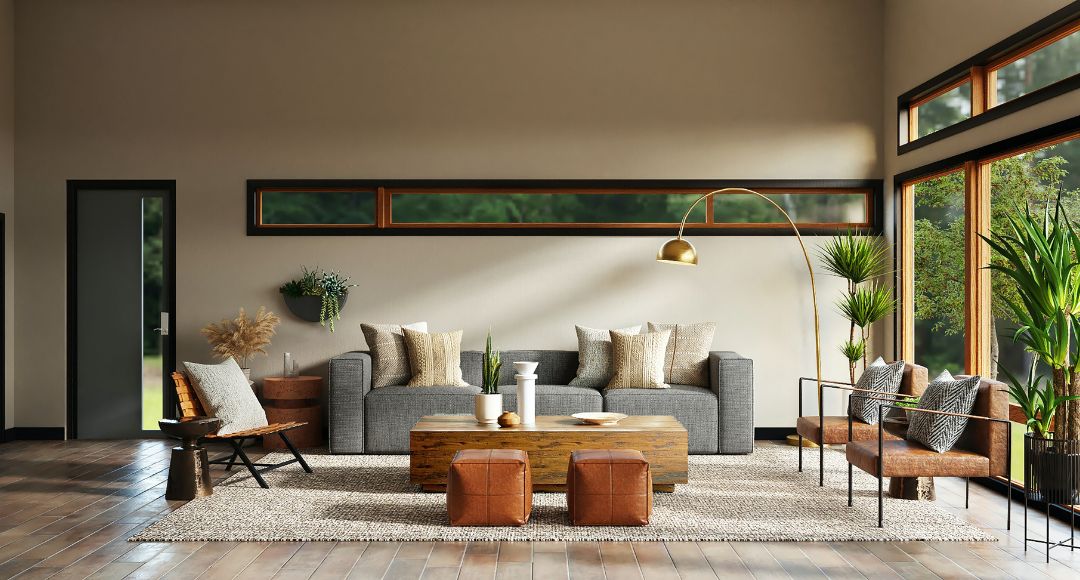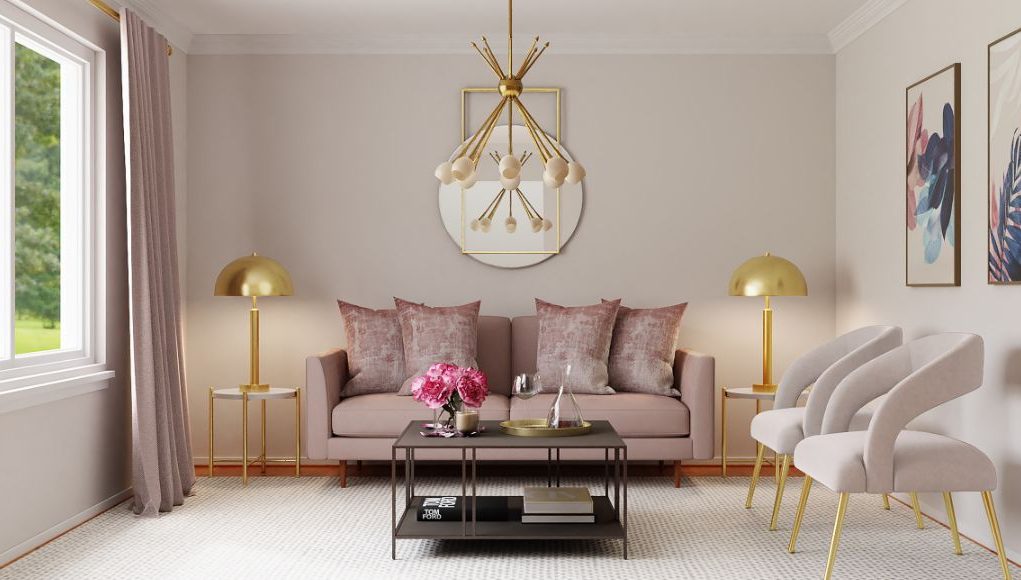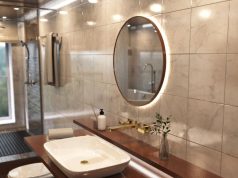Interior design does not stop with stunning wallpapers and paint colours. It’s more than intricate designs and unique textures. Interior design includes lighting and its creative contribution to the overall look of your space. Without a meticulously laid-out lighting system, your carefully styled layout will not shine!
So, how can you utilise lighting to make bold statements and subtle enhancements?
The Art of Layered Lighting: Creating Depth and Ambiance
Have you heard of the technique called layered lighting? If you haven’t, it’s having several lighting sources in different parts of the space to guarantee complete illumination. Layering your lights creates more dynamics and balances your interior, giving the room more depth and dimension.
There are three main lighting layers: task, ambient and accent lighting. Task lighting provides increased illumination for specific activities in a room that already has ambient lighting. It helps you see smaller objects, finer details, and low-contrast things.
On the other hand, ambient lighting allows you to see the space in its entirety. It’s often called general lighting and is the most common layer among the three. As for accent lighting, it’s responsible for adding visual interest to your space. If the first two layers are focused on functional improvements, accent lighting leans towards decoration.
Statement Lighting Fixtures: Making a Bold Impact
Statement lighting fixtures are your go-to if you want your fixtures to create a lasting impression. These fixtures are bold and sometimes custom-made to identify with the theme of your interior. Typically, statement lighting employs chandeliers and pendant lights that can become focal points in the room. However, you can also use unique floor, table, and wall lamps that are attention-grabbing!
When it comes to statement lighting, ensure you don’t crowd the room with several. One or two statement fixtures are enough to give a room more character.
Recessed Lighting: Subtle Elegance with Hidden Illumination
What if you want something more straightforward and less daunting? If that’s the case, recessed lighting best fits your taste! Contrary to the bold style of statement lights, recessed fixtures are more muted. It creates a clean and uncluttered look, ideal for people who prefer a minimalist aesthetic.
Regarding recessed lighting, LED downlights are at the top of the fixtures you must get. This lighting solution sits flush against your ceiling, providing soft (wide beam angle) or direct (narrow beam angle) illumination.
Where should you use recessed lighting? Technically, you can use it anywhere in your home, as it’s normally used as ambient lighting. It can provide general illumination while influencing the overall vibe of the room!
Creative Use of LED Strips: Adding Warmth and Flexibility
LED strip lights are one of the most versatile lighting solutions that you can find. They are flexible and come in a variety, making them suitable for various applications. LED strip lights can create a subtle or bold effect depending on where and how you use them.
Some of the best ways to employ LED strip lights are under cabinet lighting and plinth lighting. You can also use them to highlight unique architectural features, furniture pieces, and appliances. LED strip lights can also reinforce your ambient or task lighting depending on the colour temperature you’ll use.
Task Lighting in Unexpected Places: Form Meets Function
When thinking about task lighting, your first approach would be adding them to workspaces. While that’s the primary location of task lighting, there are other places where you can utilise it!
If your staircase has a small compartment, you can add task lighting to make it a more functional storage space. You can also add task lighting to built-in furniture like vanities, wardrobes, and more! When you combine task lighting with unexpected places, it makes the area more practical and interesting. So, if you have an empty spot in your room, consider mixing task lights and make it a functional part of your space!
Colour Temperature and Mood: Playing with Warmth and Coolness
As mentioned earlier, colour temperature can affect the mood of your space. It can make your bedroom cosier and your kitchen more efficient. So, which colour temperature should you use for each room in your home?
Warm white light is perfect for areas where you relax. You can incorporate it in your bedroom and living room to make the space extra relaxing. Alternatively, you can integrate cool white or natural white light for places where you need to focus on activities and watch out for hazards. You can use it in your bathroom, kitchen, home office, storage rooms and laundry room.
Natural Light Integration: Blurring Boundaries Between Inside and Outside
Although artificial lighting can supplement your lighting needs, having natural light inside your home is still the best. Natural lighting can improve your well-being and provide the perfect illumination for your space!
To allow sunlight to enter your home, guarantee you have many entry points like windows, skylights and glass doors. Say you’re only renting a house with fewer windows. What you can do is incorporate reflective surfaces and mirrors to bounce around the natural light.

Conclusion: Crafting Your Unique Lighting Narrative
Lighting can transform your interior design, introduce new concepts and elevate your aesthetics. There are many lighting techniques that you can try depending on your space. If natural light is limited, layer your lights to ensure sufficient illumination. If statement fixtures are too big for your room, consider recessed lighting.
Experiment with the different lighting methods and allow your creativity to craft a personalised lighting system that works for your lifestyle and space! To help you get started, visit our website, Simple Lighting, and browse through our extensive collection of indoor, outdoor, and commercial lighting solutions!














